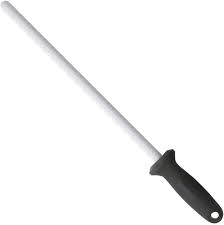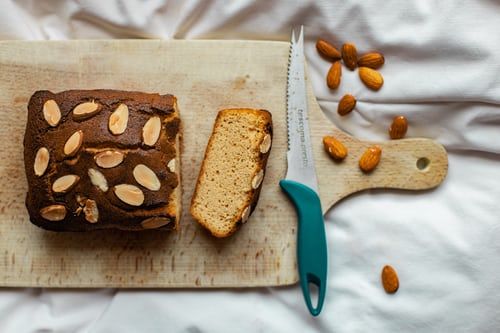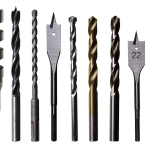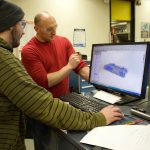Are your serrated knives not cutting it anymore and his teeth more like rolling Hills. don’t worry I will tell you how to sharpen a serrated knife so they’re sharper than the day you bought them and cutting like a new one.
There are many types of serrated knives, everything from a common bread knife to some specialty serrations that require special tools to sharpen. we’re going to be talking about traditional serrated knives with the Bevel ground into one side, and the serrated shape is usually circular and symmetrical. You’ll find these edges commonly on multi-tools or pocket knives, bread knives, and some rescue-style blades as well.
There are a wide variety of tools that help you to know how to sharpen a serrated knife. We’re going to focus primarily on manual sharpeners with ceramic or diamond abrasives. I can also recommend that you have a leather strap available or, of course, a piece of denim.
How To Sharpen a Serrated Knife at home
When sharpening a serrated knife, I’ll be using is Pivot plus sharpener because it has the taper, Diamond Rod. That will work inside of the grooves or those ground in serrations. You can use something like a ceramic Rod or a Diamond Rod for larger knives or bed knives.
Specifically, a taper Diamond Rod is very effective for addressing different sizes of serrations. These look like common kitchen steels, but they’re not common kitchen steel won’t do enough to sharpen a serrated knife. You’ll need something with a little more cutting power, like ceramic or diamond. The most common type of serrated knife is probably a bread knife that you use in the kitchen for slicing bread. There are few other uses for a serrated knife also.
We’re going to sharpen the small and large serrations along this pocket knife using the pivot. The very tip of the Diamond Rod fits inside of the small serrations and towards the back of the Diamond rod. The goal here is to raise a birth.
How it works:
A Bur is a small piece of metal that rolls over the cutting edge. It shows me that I have sharpened and reground the knife to sharp points, and it folds a small piece of metal over the other side, signifying that I’ve reached the apex and brought the two sides of the metal together.

The serrations are only ground into one side. It’s a single bevel. We are sharpening both sides of the knife then you’re removing more material than needed. If you use an electric sharpener to sharpen a straight-A blade, I recommend something with a belt and using it outside of the guide, I’ll tell you how to sharpen a straight knife in the workshop. Make sure the serrations are in contact with the belt. Power on and draw across, making contact with each of those serrations. A few passes back and forth, and you’ll restore a sharp edge along with those serrations.
I’m using low speed and a fine belt. I’m not trying to remove a lot of material. Just stand up a folded edge or remove any bears. This will leave you with a sharp knife. This is not a method you can use.
You can easily learn how to sharpen a serrated knife instead. We try to sharpen a severely damaged knife, you’ll need something like a rounded abrasive, like the diamond, This is a great way to touch up a knife and keep it going, giving it a little longer life between sharpening. That’s it for sharpening the Serrated knife. If you do have a knife with a mixed edge, something like this with a part plan edge and part serrated edge, you’ll treat that plain edge differently.






